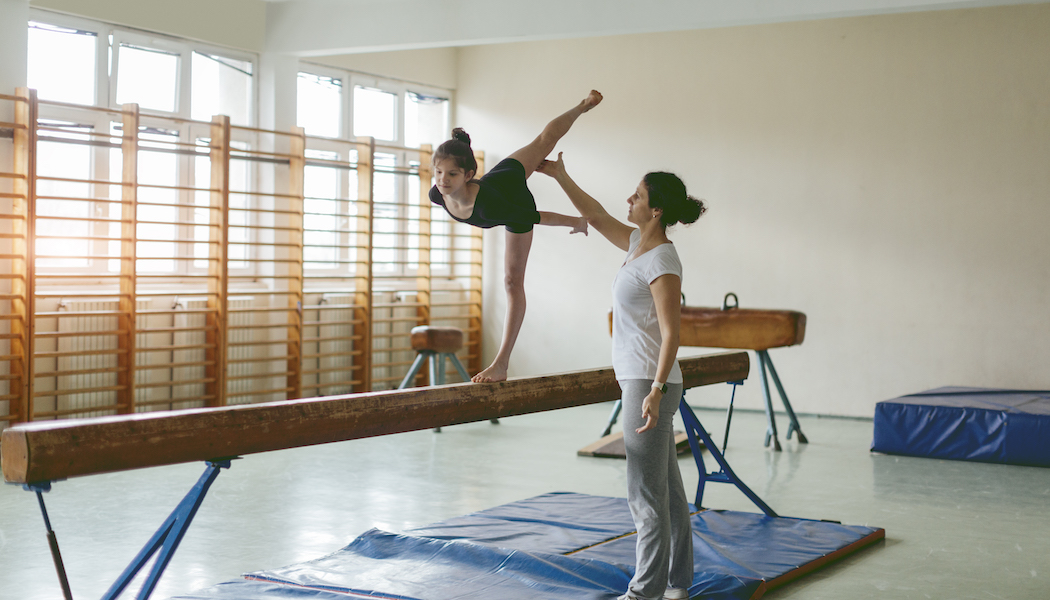Despite the commonwealth games’ reputation as a poor man’s Olympics, the games usually capture the public’s attention, especially when the gold medals start rolling in. This is especially true when the competition is held on home soil, as it is this time around. For the next couple of weeks, the commonwealth games will feature prominently on TV screens across the UK.
While many people are probably aware of what gold medals are on offer on the track or in the pool, what about sports that have a lower profile in the media at other times of the year? So for this article, we thought we would look at one such sport, gymnastics. In men’s gymnastics, there are gold, silver, and bronze medals for each piece of gymnast equipment, and often, athletes specialize in one or more of these. There is also a gold medal competition to determine the best all-around gymnast. So here are the pieces of gymnastic equipment that gymnasts are required to excel in to win the coveted gold medal.

The Floor
The floor requires gymnasts to show strength and flexibility while carrying out a choreographed routine consisting of balance-like handstands and tumbles such as back flips and forward rolls. This discipline lasts 60-70 seconds on a mat that measures 12 meters by 12 meters, during which they need to touch all four corners.
The Rings
Approximately 5.75 meters above the ground, the rings are suspended by a wire cable. As a part of their routine, gymnasts must demonstrate power, strength, balance, and dynamism while preventing the calls themselves from swinging. The gymnast must perform at least one static strength move. However, some gymnasts may choose to include two or three. The routine must end with a dismount and a controlled landing.
The Parallel Bars
During their routine on the parallel bars, gymnasts will implement several balance swings and releases that require the athlete to demonstrate high levels of strength and coordination. The apparatus stands 2 meters high, and the width between the bars can be adjusted to fit in needs of the individual gymnast.
The Vault
A gymnast’s chances of performing a successful vault are largely dependent on the speed of their run, the length of the hurdle, the power they generate from their legs and shoulders, their kinaesthetic awareness in the air, the rate at which they can rotate and how they execute the landing. During the vault, gymnasts sprintss down a runway, measuring a maximum of 25 meters, before jumping onto a springboard. There is no set starting point on the runway; gymnasts can choose where to begin.
The Pommel Horse
This gymnastic equipment was designed to replicate a real horse with two handles replacing the saddle. This allows the gymnast to perform an exercise involving double and single leg swings. However, the main focus of the routine is the double leg swings performed in a clockwise or counterclockwise direction. The gymnast must use every part of the apparatus when performing their act, culminating with a coordinated dismount.
The Horizontal Bar
A Horizontal bar is a 2.8cm thick steel or fiberglass bar standing 2.5 meters above the landing area. DA high bar routine will last canres technical skill and strength. Uring the way, a gymnast will be able to perform various grips such as under grips, dorsal grips, and over grips. In addition to bar work such as grasps, releases, and turns, gymnasts are required to perform an aerial dismount. Hopefully, this article will provide insight into the equipment and skills needed in a commonwealth games gymnastic competition and maybe enhance your viewing experience.






